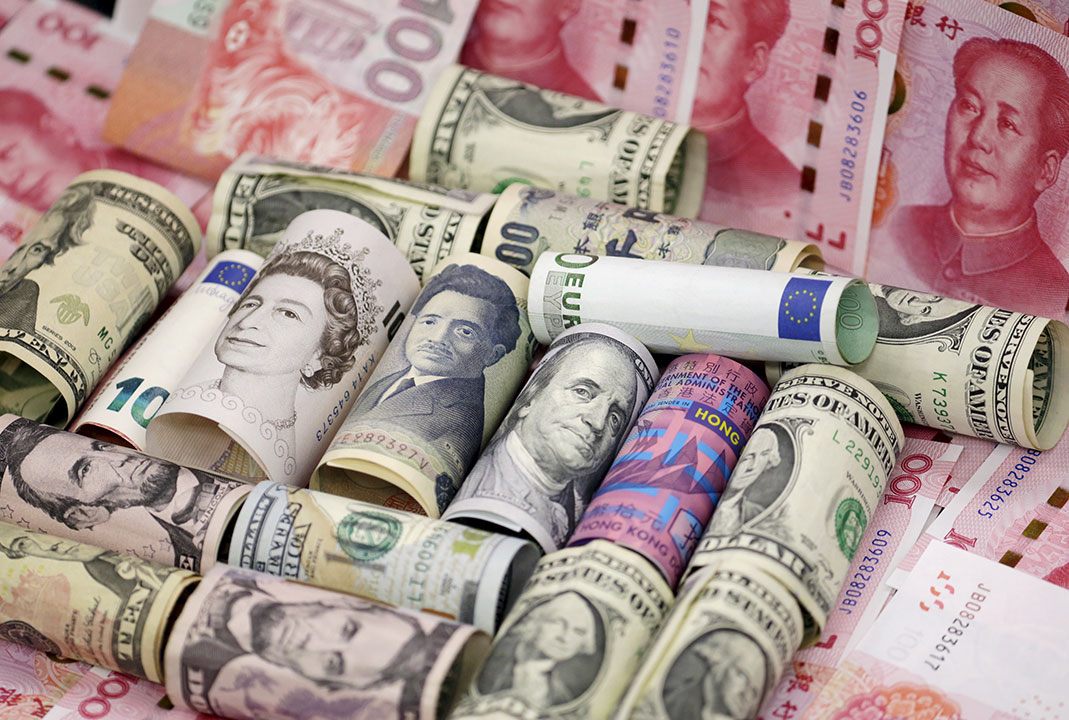
NET INFLOWS of foreign direct investments (FDI) into the Philippines rose by 21.3% year on year in May but declined by 26.9% in the first five months of the year, preliminary data from the central bank showed.
The Bangko Sentral ng Pilipinas (BSP) said the net inflows of FDI jumped by 21.3% to $586 million in May from $483 million in the same month in 2024, with “inflows from the United States and into manufacturing taking the lead.”
Month on month, net inflows of FDIs slipped by 3.9% from $610 million in April.
 “The (year-on-year) increase resulted from the significant expansion in nonresidents’ net investments in debt instruments, which rose by 88.3% year-on-year, from $227 million to $427 million,” the BSP said.
“The (year-on-year) increase resulted from the significant expansion in nonresidents’ net investments in debt instruments, which rose by 88.3% year-on-year, from $227 million to $427 million,” the BSP said.
Investments in equity and investment fund shares dropped by 38% to $159 million in May from $256 million in the same month in 2024.
This was due to the 61.4% decline in nonresidents’ net investments in equity capital (excluding reinvestment of earnings) to $62 million in May from $161 million a year ago.
Reinvestment of earnings also inched up by 1.4% year on year to $97 million in May.
Nearly half (49%) of gross placements of equity capital went into manufacturing, followed by real estate activities (14%); and electricity, gas, steam and air-conditioning supply (13%).
In May, the bulk of FDI inflows came from the US (36%) and Japan (33%), followed by Singapore (12%) and South Korea (12%).
“The uptick in May’s FDI reflects improved investor sentiment due to the country’s solid macroeconomic fundamentals, relatively stable (decelerating) inflation, and infrastructure momentum,” John Paolo R. Rivera, a senior research fellow at the Philippine Institute for Development Studies, said in a Viber message. “Externally, moderating global interest rates and a recovery in regional trade also helped.”
Rizal Commercial Banking Corp. Chief Economist Michael L. Ricafort said the year-on-year improvement in May FDI inflow can be partly attributed to the release of the rules for the Corporate Recovery and Tax Incentives for Enterprises to Maximize Opportunities for Reinvigorating the Economy (CREATE MORE) Act.
However, this was “counteracted” by the uncertainty over the US tariffs and other protectionist policies, as well as China-Philippines tensions, Mr. Ricafort said.
For the first five months of the year, net inflows of FDI declined by 26.9% to $2.96 billion, from the $4.04 billion recorded in the same period a year ago.
Net investment in debt instruments plunged by 14.1% in the January-May period to $2.149 billion from $2.501 billion in the same period in 2024.
Reinvestment of earnings rose by 6% to $445 million in the January-to-May period, from $420 million a year ago.
Investments in equity capital other than the reinvestment of earnings also went down by 67.6% to $364 million in the five-month period from $1.123 billion a year ago.
Equity placements plunged by 55% year on year to $616 million while withdrawals rose by 1.8% to $253 million.
Equity investments during the period were mainly from Japan (39%), the US (21%), Singapore (14%), and South Korea (8%).
At least 48% of equity placements flowed to manufacturing, while 20% went to real estate activities and 12% to the electricity, gas, steam, and air-conditioning supply industries.
Mr. Ricafort said FDI inflows in recent months may have been affected by proposed legislated wage increases that threaten to increase labor costs in the country.
“Local political noises since the latter part of 2024 (Dutertes vs. the Marcoses) could have also partly weighed on the FDI data in recent months,” he said.
Foreign investors could have also been waiting for further rate cuts by the US and Philippine central banks before making investment decisions, he said.
“For the coming months, the release of the CREATE MORE IRR (implementing rules and regulations) could make some foreign investors/FDIs to become more decisive in locating in the country amid enhanced incentives for foreign investors,” Mr. Ricafort said.
Meanwhile, Mr. Rivera noted that the year-to-date decline shows that FDI inflows are still sensitive to policy clarity, geopolitical risks, and tariff developments.
“If growth holds near the 5.4% average in the first half, we can sustain modest FDI recovery in the latter part of the year. To gain stronger traction, the Philippines needs to accelerate reforms in EODB (ease of doing business), investment facilitation, and trade diversification to counter headwinds from global uncertainty,” Mr. Rivera said.
The BSP expects FDI to end the year at a net inflow of $7.5 billion. — Katherine K.Chan